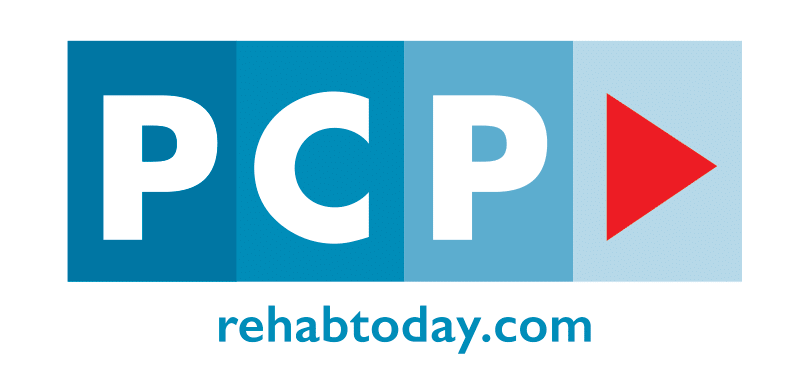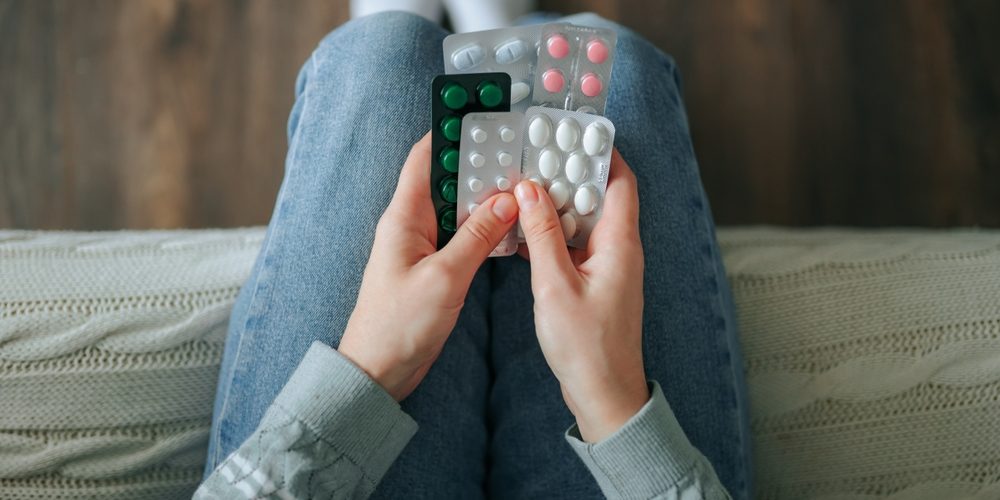When people hear the word ‘addiction’, they often picture dodgy-looking people hiding in dark alleyways. But in reality, addiction often begins in much more ordinary places. It can start with a doctor’s prescription, a treatment plan, or even a genuine attempt to get well.
Understanding Subutex addiction is important, as it can lead to dependence and withdrawal symptoms that require careful management.
That’s where Subutex comes in. Subutex is a medication that helps people break free from powerful opioids like heroin. For many, it provides hope, stability, and relief from a destructive cycle. But sometimes, the very thing designed to help becomes part of the problem. People can find themselves dependent on Subutex itself, stuck in a loop they never meant to enter. There is also a risk of misuse of Subutex, even when it is prescribed, which can increase the likelihood of addiction and other health risks. A medically supervised Subutex detox is the safest way to begin recovery.
The good news is that recovery is possible. Every day, people overcome Subutex dependency and rebuild healthier, happier lives. And with the right help – from safe detox through to therapy and ongoing support at places like the Perry Clayman Project (PCP) – there really is light at the end of the tunnel.
Introduction to Subutex
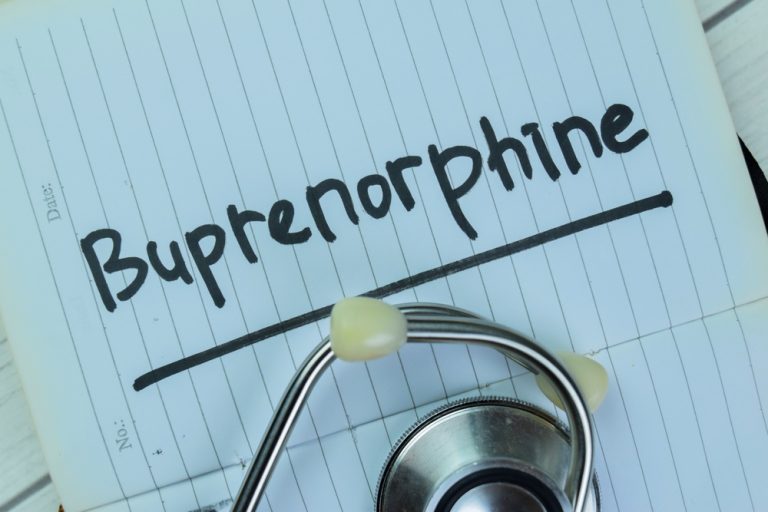
Subutex, known by its generic name buprenorphine, is a medication specifically designed to help people break free from opioid addiction and dependence. As a partial opioid agonist, Subutex works by activating the opioid receptors in the brain, but it does so less intensely than full opioid agonists like heroin or morphine. This means it can help manage opioid withdrawal symptoms and reduce cravings without producing the same powerful high that leads to addiction. Subutex is often prescribed as part of a medication-assisted treatment (MAT) programme, which combines medication with counselling and behavioural therapy for a well-rounded approach to treating opioid addiction. By easing withdrawal symptoms and stabilising patients, Subutex gives individuals the chance to focus on recovery and rebuild their lives, making it a valuable tool in the fight against opioid dependence.
Understanding the Medication
Subutex is typically taken as a sublingual tablet, which means it’s placed under the tongue to dissolve and be absorbed directly into the bloodstream. This method allows the medication to act quickly, occupying the opioid receptors in the brain and helping to reduce both withdrawal symptoms and cravings. Unlike other opioid drugs, Subutex has a unique ceiling effect—after a certain dose, taking more won’t increase its effects. This makes it less likely to be misused or to cause an overdose compared to other opioids. Because it doesn’t produce the same euphoric high as drugs like heroin or morphine, Subutex is considered a safer option for treating opioid addiction. By targeting the brain’s opioid receptors in a controlled way, Subutex helps people manage their symptoms and regain control over their lives.
Subutex: The Highs and the Lows of a Partial Opioid Agonist
Subutex is the brand name for buprenorphine, a partial opioid agonist. Sounds complicated, but in plain English, it means it interacts with the same brain receptors as heroin or morphine, however it doesn’t trigger the same intense high. Instead, it provides a gentler effect that reduces cravings and eases withdrawal symptoms.
Think of it as swapping the wild rollercoaster of heroin for a calmer, slower train ride. Subutex allows people to stabilise, function more normally, and focus on recovery without constantly chasing the next hit.
But while Subutex is a helpful treatment tool, it’s still an opioid. It carries its own risks, especially when used without professional guidance. Subutex can be addictive, particularly if misused or taken for extended periods. If it’s taken for too long or misused, dependency can develop. Prolonged subutex use may lead to long term effects, including withdrawal symptoms, hypersensitivity to other opioids, and other health risks. What starts as a stepping stone away from heroin can quietly become another hurdle in its own right.
This is where the Perry Clayman Project plays a vital role. At PCP, Subutex isn’t seen as the “enemy” but as part of a bigger recovery journey. Our team helps clients understand the medication, use it safely, and, when the time is right, move away from it completely. Education about safe subutex use is essential to prevent misuse and reduce the risk of addiction and dependency.
How Does Subutex Addiction Happen?
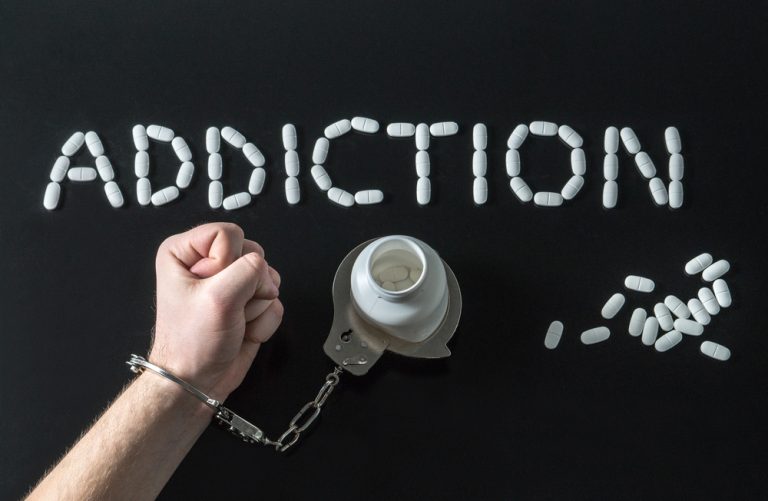
Addiction doesn’t usually happen with a dramatic bang – you don’t just wake up one morning and you’re an addict! It tends to creep in gradually, often in ways that feel manageable at first. With Subutex, dependence can appear in a few common scenarios:
DIY detox gone wrong: Some people use Subutex on their own to escape heroin withdrawal. It works initially, but without guidance, they find themselves stuck on Subutex instead.
The comfort blanket effect: Subutex provides calm and stability. When life gets stressful, it can feel easier to rely on it than to cope without it.
Mixing substances: Combining Subutex with alcohol, sedatives, or other drugs can intensify its effects, but this also creates dangerous risks like respiratory depression or overdose.
Staying on it too long: Even with a prescription, taking Subutex for months or years without a clear exit plan can lead to dependency, and withdrawal symptoms can occur when trying to stop.
Withdrawal symptoms and complications can occur unpredictably during Subutex use, sometimes occurring at unexpected times during treatment or detox.
In short, Subutex is most effective when used as part of a structured treatment plan, not as a forever solution. That’s why PCP puts such emphasis on planning and education. Our clients learn how Subutex works, what role it plays, and how to avoid falling into the trap of long-term reliance.
Various factors, such as individual health status, history of substance use, and other personal attributes, influence whether someone becomes dependent on Subutex.
What are the Signs of Subutex Addiction
Recognising the signs of Subutex addiction is crucial for getting help early. People who develop a dependence on Subutex may notice both physical and psychological symptoms. Common withdrawal symptoms include nausea, vomiting, and diarrhoea if they try to stop or reduce their dose. Psychological dependence can show up as anxiety, depression, or irritability, making it hard to function without the medication. Other warning signs include taking higher doses than prescribed, using Subutex for longer than intended, or finding that the medication is starting to interfere with work, relationships, or daily responsibilities. If you or someone you know is experiencing these symptoms, it may be time to seek support for Subutex addiction.
Treating Subutex Addiction
Now here’s the best part: Subutex addiction is entirely treatable. Addiction treatment is a comprehensive process that often involves medically supervised detox, therapy, and ongoing support to help individuals achieve lasting recovery. There are a variety of treatment options available for Subutex addiction, including inpatient and outpatient care, medication-assisted treatment, counseling, and support groups, all tailored to meet individual needs. With the right approach, people can and do move forward – every single day. At PCP, a rehabilitation facility, clients receive professional help and support throughout their recovery journey.
Step 1: Detox - Safe and Supported
Saying you’re going to quit is easier said than done, and trying to do it suddenly isn’t always the best idea. Detoxification is the process of safely removing Subutex from the body under medical supervision. Withdrawal can bring restlessness, insomnia, sweats, and anxiety, and clients may experience uncomfortable withdrawal symptoms that range from mild to severe during detoxification. Attempting detox without medical supervision can lead to life threatening complications.
At PCP, detox is personalised. Our clinical team creates tailored tapering plans so clients reduce their dosage step by step. Alongside the medical care, clients receive emotional support and encouragement to get through their toughest days. It’s about making the process bearable rather than overwhelming.
Managing Withdrawal
The process of coming off Subutex should always be done with the guidance of medical professionals. A medically supervised detox process involves gradually tapering the medication to minimize withdrawal symptoms and ensure safety. While withdrawal can be uncomfortable, with symptoms like restlessness, insomnia, and anxiety, having a medical professional oversee the detox process can make a significant difference. They can provide medications and support to ease symptoms and help you stay as comfortable as possible. Once detox is complete, ongoing counseling and therapy are essential to address the underlying causes of addiction and to develop healthy strategies for long-term recovery. With the right support, breaking free from Subutex is not only possible—it’s the first step toward a healthier, more fulfilling life.
Step 2: Therapy - Exploring the “Why”
Addiction isn’t just about the substance; it’s about why that substance became important in the first place. Therapy helps uncover those reasons and build healthier coping mechanisms.
At the Perry Clayman Project, therapy comes in different forms: one-to-one counselling, group sessions, cognitive behavioural therapy (CBT), and trauma-informed approaches. Clients are supported to explore the roots of their struggles, whether that’s unresolved trauma, depression, anxiety, or simple stress. Addressing co-occurring disorders, such as mental health conditions alongside addiction, is essential for comprehensive care. Therapy can help manage both addiction and underlying mental health conditions, leading to better recovery outcomes. By addressing those underlying issues, recovery becomes far more achievable.
Step 3: Rehab - Structured Recovery Programs
Detox is only the beginning. True recovery comes from building new skills, routines, and ways of living. That’s why rehab programmes are so valuable.
At PCP, clients can access residential rehab (living on-site for a period of time). Residential rehab offers a break from old triggers and a safe, focused environment to heal. Each patient receives an individualised treatment plan tailored to their unique needs, ensuring comprehensive care and ongoing support. These rehab programmes are delivered in professional healthcare settings, where trained staff follow strict protocols to ensure patient safety and effective recovery.
Step 4: The PCP Difference

What makes the Perry Clayman Project unique is our whole-person approach. Recovery is about more than just stopping a substance – it’s about rebuilding your life. Every day clean is a small miracle, and we make miracles happen.
Alongside detox and therapy, PCP programmes include activities like yoga, art, mindfulness, and fitness. These holistic options give people new ways to relax, de-stress, and enjoy life without turning to drugs. Our approach integrates medicine, including approved pharmacological treatments, with holistic therapies to address both the physical and emotional aspects of recovery. For some, the goal isn’t to just be drug-free, it’s to love themselves again so they don’t need to ever use again.
It is essential that individuals are treated by experienced professionals throughout their recovery journey to ensure safety and effectiveness, especially when managing opioid dependence and medication protocols.
PCP understands that the real test begins after leaving treatment and so we provide aftercare for life. Many rehabs focus only on detox and immediate therapy, but PCP recognises that the time post-rehab is often just as important. That’s why our aftercare includes ongoing check-ins, relapse prevention workshops, and peer support groups. This continuous support helps clients stay on track and feel connected weeks, months or even years later.
“My treatment here is amazing. Coming here has made me realise that behind my intoxicated self was a person that was broken that needed desperate help, and Rehab Today by PCP made me start to fix this issue after my detox. They taught me how to love myself again. They gave me the tools to use to deal with future cravings and triggers. Rehab Today by PCP is a must for someone who is lost behind drugs and alcohol.”
An ex-addict and PCP client
What Does Recovery Really Look Like?
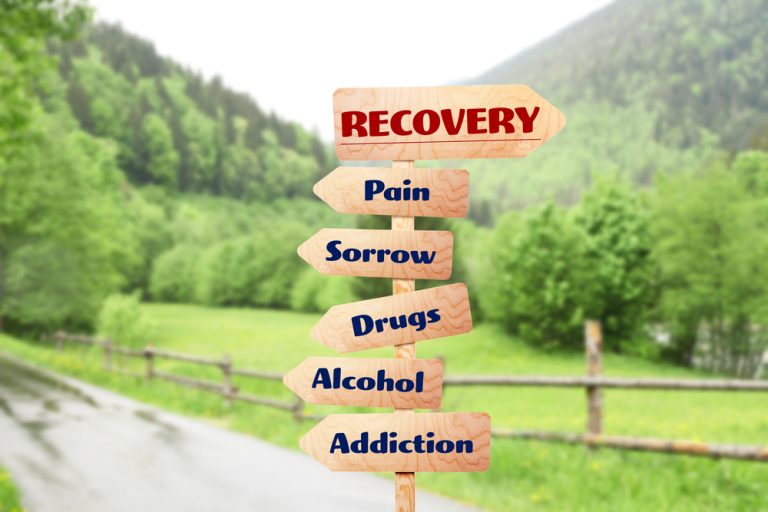
Recovery isn’t just about stopping Subutex. It’s about creating a life that feels worth living without it. For some people in recovery, chronic pain may still be a significant issue that needs to be managed. Pain can be a persistent challenge, and addressing it is an important part of recovery planning. Effective pain management strategies are essential for those who continue to experience ongoing pain after Subutex addiction. Here’s what that can look lik
Aftercare and Ongoing Support

The weeks after treatment are often the most fragile. That’s when aftercare becomes essential. At PCP, aftercare isn’t just a tick-box exercise. It’s a real, ongoing connection. Clients can return for support groups, therapy sessions, and relapse prevention training. It’s about keeping people supported for the long run.
What makes PCP’s aftercare so effective is its flexibility. As we all know, life doesn’t always go to plan, and challenges can pop up months or even years later. We will always keep our doors open, welcoming clients back for booster sessions or refreshers whenever they need them. That safety net can be the difference between relapsing or not.
Building Strong Networks
Recovery is easier when it’s shared. Being surrounded by people who understand – whether it’s family, friends, or groups like Narcotics Anonymous – makes the journey less isolating. PCP also supports families directly, helping them understand addiction better and become part of the healing process, rather than another source of stress.
Healthy Routines = Healthy Life
It might sound simple, but small routines make a huge difference: regular meals, exercise, mindfulness, or creative hobbies. These aren’t just “nice extras” – they’re tools for building a healthier, happier lifestyle. At PCP, clients are encouraged to experiment with different activities and discover what works best for them.
Facing Deeper Challenges
Many people find their addiction is tied to old wounds. Trauma, grief, depression, or anxiety often sit at the root, bubbling away. Long-term recovery means working through those challenges with kindness and support. We offer trauma-informed therapy and mental health support so clients can heal on a deeper level, not just remove the substance.
Where There’s Help, There’s Hope
Are you or someone you know struggling with Subutex? Have you just swapped one addiction for another?
Addiction is the only prison where the locks are on the inside, but always remember this: being an addict doesn’t define you, and it doesn’t decide your future. With the right mix of medical care, therapy, and aftercare, recovery is not only possible – it’s happening every day and everywhere.
Subutex is commonly administered as sublingual tablets for effective absorption. Its action as buprenorphine, a partial opioid agonist, means it binds to opioid receptors in the brain to reduce cravings and withdrawal symptoms, but with a lower risk of overdose compared to full agonists. Subutex and methadone are both used as medications for opioid addiction, but methadone is a full opioid agonist and carries a higher risk of overdose. However, misuse or overdose of Subutex can still result in severe consequences, including cardiovascular collapse and even death.
Organisations like the Perry Clayman Project are here to walk alongside you throughout the whole journey: detox, rehab, therapy, and aftercare. We know that real recovery is about more than just stopping Subutex – it’s about building a new life, full of healthier choices and genuine joy, one day at a time.
Addiction may feel heavy, but recovery doesn’t have to. With the right support, it can feel like a fresh start, a chance to finally move forward, and the opportunity to live free, once again.
